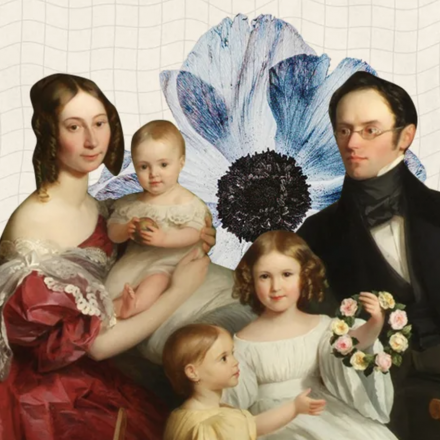Infidelity is a complex phenomenon with many different causes. While each case is unique, there are some common factors that can lead women to cheat. In this article, we'll explore 17 primary reasons that might prompt a woman to be unfaithful.
Reason #1: Opportunity
One of the most straightforward reasons for infidelity is the mere opportunity. Studies show that about 40% of women may cheat if they have the chance. The availability of a chance makes infidelity more likely.
Reason #2: Work Environment
A workplace provides ample opportunities for infidelity. Women who work, especially in environments with many attractive colleagues, may be more prone to cheating. Statistics reveal that about one-third of working women have had office romances.
Reason #3: Parental Infidelity
Behavioral patterns often mimic those seen in childhood. If a woman witnessed infidelity from her parents, she might consider it a normal behavior.
Reason #4: Sexual Initiation
Women who frequently initiate sex in their relationships are more likely to cheat. This tendency is especially common among women over forty, who view sexual initiation differently than those who expect men to make the first move.
Reason #5: Justifying Infidelity
Women unhappy in their marriage might justify their infidelity. Reasons can include anticipated separation, attraction to someone else, or dissatisfaction in the relationship. They often feel they have valid reasons for their actions.
Reason #6: Influence of Friends
The behavior of friends can influence a woman's decisions. Exposure to infidelity through friends or acquaintances may normalize the behavior and increase the likelihood of cheating.
Reason #7: Big City Opportunities
In large cities, where anonymity is more common, it's easier to hide an affair. The vast number of potential partners and the lower likelihood of encountering someone familiar make infidelity more feasible.
Reason #8: Dominant Role in the Family
Women who take a leading role in their relationships are often more likely to cheat. Their initiative and confidence may lead them to seek external relationships.
Reason #9: Less Attachment from Husband
A less attached husband may be more likely to risk the marriage. Conversely, a man who is deeply attached is less likely to cheat, and the same applies to women who marry for financial reasons rather than love.
Reason #10: Younger Age
Studies show that women aged 26-30 are more prone to infidelity. Younger women have more opportunities for cheating compared to older women, and marriages involving younger women often face higher rates of infidelity.
Reason #11: Pre-Marital Sexual Experience
Women with extensive sexual experience before marriage are more likely to cheat. Research indicates that a high level of pre-marital sexual experience correlates with a higher probability of infidelity.
Reason #12: Education
Women with higher education levels than their partners are more likely to cheat. This trend is especially noticeable in older age when there is a significant educational disparity.
Reason #13: Crisis Periods
Women might seek infidelity during times of crisis or monotony. If a woman feels that her life has become dull, she may seek excitement through an affair.
Reason #14: Frequent Separations
Frequent separations due to work or travel increase the likelihood of infidelity. Couples who spend a lot of time apart may be at higher risk of engaging in extramarital affairs.
Reason #15: Sexual Dissatisfaction
A decrease in sexual activity within the marriage can lead to infidelity. As sexual freedom becomes more prevalent, women may seek satisfaction outside their marriage.
Reason #16: Marriage Dissatisfaction
Women unhappy with their marriage are more likely to cheat. This factor often becomes more pronounced in longer-term relationships where dissatisfaction has built up.
Reason #17: Long-Term Friendship with a Man
A long-standing friendship with a man can sometimes develop into a romantic relationship. Emotional attachments formed in friendships can lead to infidelity. Studies show that a significant number of women who have had affairs started with friends.
Remember, every situation is unique. While these reasons can provide insight, open communication and understanding in relationships are key.


















